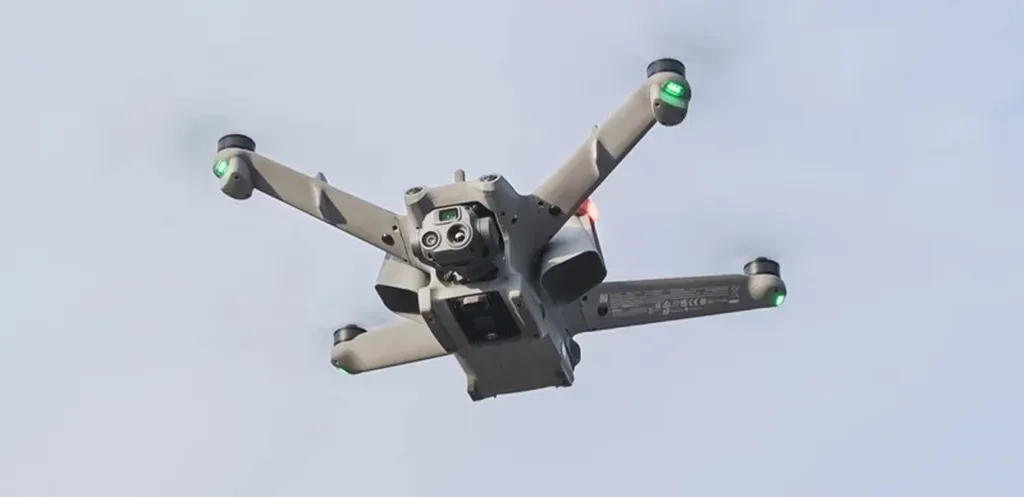In the rapidly evolving world of unmanned aerial vehicles (UAVs), security remains a critical challenge. As these drones find applications in environmental monitoring, precision agriculture, and disaster response, their vulnerability to cyber threats becomes increasingly apparent. Traditional encryption methods, while robust, are often too resource-intensive for the lightweight hardware and energy constraints of UAVs. This is where the groundbreaking research of Sayani Sarkar, a computer science expert from Bellarmine University, comes into play.
Sarkar’s comprehensive survey, published in the journal ‘Drones’ (translated to English as ‘Bees’), delves into the latest advancements in lightweight encryption and key management techniques tailored for UAVs. The study highlights the urgent need for energy-efficient security mechanisms that can protect UAV networks without compromising their operational capabilities.
“UAVs operate in dynamic and often hostile environments,” Sarkar explains. “They require security solutions that are not only effective but also lightweight and adaptable to their unique constraints.”
The research explores a range of innovative cryptographic solutions, including the ASCON family of ciphers and post-quantum algorithms designed to safeguard UAV networks against future quantum threats. These advancements are crucial for the energy sector, where UAVs are increasingly used for infrastructure inspections, pipeline monitoring, and other critical tasks.
One of the most promising areas of research highlighted in the survey is the use of blockchain-based decentralized key exchange and Physical Unclonable Function (PUF)-based authentication. These techniques offer enhanced security and scalability, making them ideal for large-scale UAV deployments.
“Blockchain technology provides a decentralized and tamper-proof method for key management, which is essential for maintaining the integrity of UAV communications,” Sarkar notes. “PUF-based authentication, on the other hand, leverages the unique physical characteristics of each UAV to create a secure identity, making it extremely difficult for attackers to clone or spoof.”
The study also introduces a multilayer security framework that addresses vulnerabilities across all layers of UAV communication, from the physical to the application layer. This holistic approach ensures comprehensive protection against a wide range of cyber threats.
As the energy sector continues to embrace UAV technology for various applications, the need for robust and lightweight security solutions becomes ever more pressing. Sarkar’s research provides a valuable roadmap for future developments in this field, highlighting the key challenges and opportunities that lie ahead.
“Our goal is to guide future efforts in developing secure communication architectures tailored to the unique operational constraints of UAV networks,” Sarkar concludes. “By addressing these challenges, we can ensure the safe and efficient deployment of UAVs in critical energy sector applications.”
This research not only sheds light on the current state of UAV security but also paves the way for future innovations that will shape the next generation of secure and efficient drone networks. As the energy sector continues to evolve, the insights provided by Sarkar’s work will be instrumental in driving progress and ensuring the safe and reliable operation of UAVs in critical applications.

